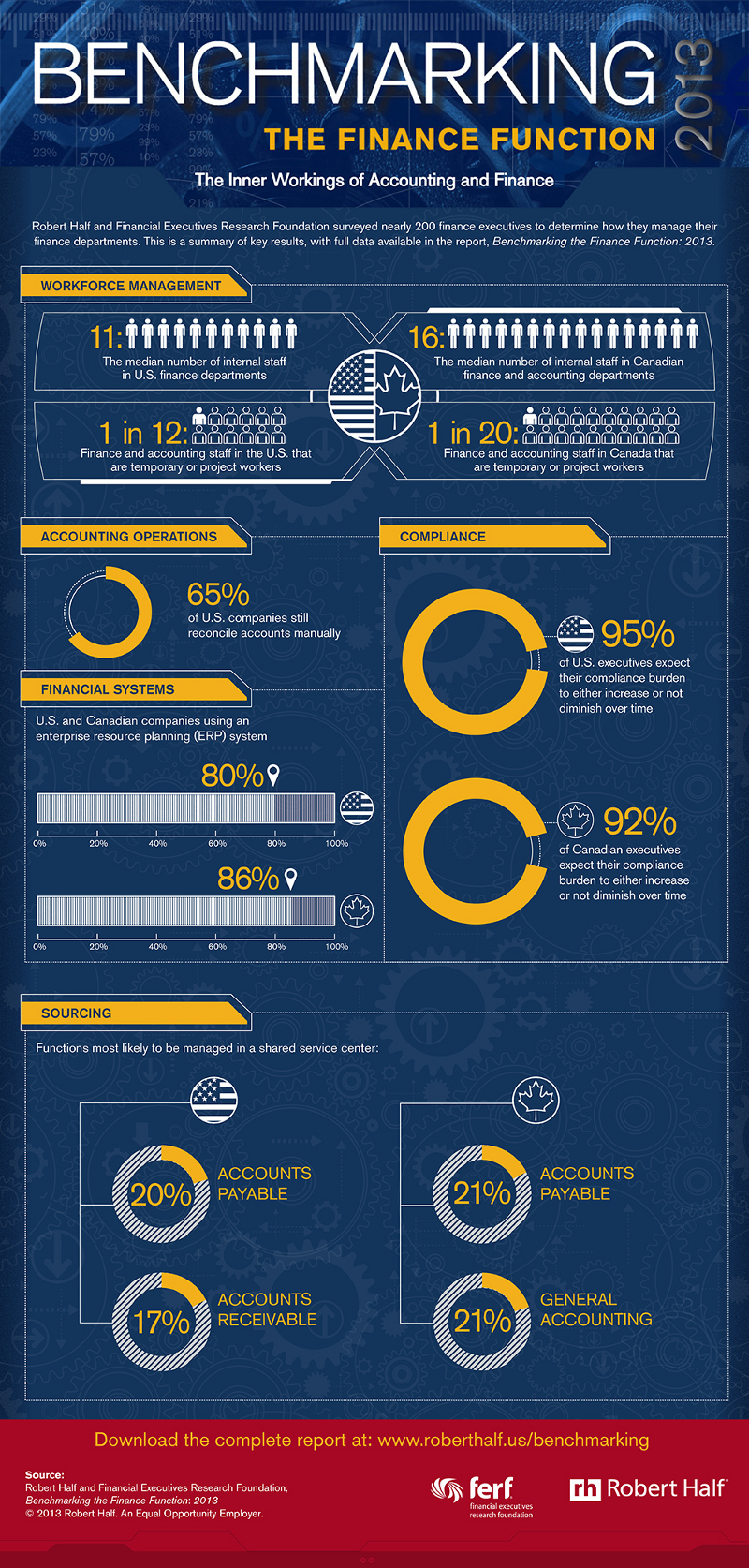How does a business actually know if it is successful or not? The best way to measure success is to compare the results that are being experienced with similar businesses in the same industry. By comparing performance and the processes used to achieve results against similar processes and outcomes of competitive businesses, it is possible to measure performance.
Many will simply compare raw data and create an estimation of success. By implementing these benchmarking best practices, it will become possible to have more certainty in the data so a better future course of action may be implemented.
1. Be Specific About The Process.
Comparing revenues to revenues isn’t actually a great place to begin benchmarking, but it is often what is done. The size of your business might be different than the other business. The other business might be targeting different demographics than your business. You might define, as accurately as possible, the specific metrics that are being benchmarked. This can include agency priorities, levels of change, or even the flow of work.
From there, the metrics, work flow, and agency priorities can be compared to their influence on your revenues. The same can be done for the businesses that are being used as a benchmark. This creates a more accurate comparison because there has been more specificity included in the process.
2. Use Industry Leaders As a Benchmark.
Comparing a business that is in the same position as your business creates valuable data insights, but it doesn’t create an accurate benchmark. You should be comparing your business to the very best your industry has right now. Businesses that are not at the top of the industry won’t create a true measurement tool that can be used to measure real success.
Look at it this way. You’ve generate $100k in revenues and so has your competitor down the street. By benchmarking your local competitor, you will understand what that business is doing better than you, but that’s it. The best in the industry, however, might be doing something completely different and that’s why they have a bigger market share. It is easy to fool yourself into thinking the data says you’re being successful in this way when the opposite is actually true.
3. Get Hands-On.
You need to measure work flow, observe implemented best practices, and even see how environments have been structured to determine accurate benchmarking. Getting hands-on is the only way to make this happen. Real data comes from how what you’re seeing gets interpreted into your own business work flows.
To make this type of visit as effective as possible, it is important to have procedures in place so that needed data can be recorded. This allows for summaries to be developed and information to be used in a way that is beneficial. Remember to avoid anyone who has worked for you in the past at the benchmarking event because that can skew your results.
4. Look For Gaps.
Benchmarking data is used to locate gaps in what you’re doing. Are there ways that you are lagging behind that your competitor is not? A service agency in Western Colorado had to go all the way to Seattle for benchmarking to determine what gaps might exist in what they were offering. In the past, they had filled in gaps by benchmarking locally. By going out of state, they discovered they had been ignoring service gaps for 10 years or more in some areas.
Every business must have unique best practices because the approach is individual in nature. By combining observed best practices in one business, those benchmarks can then be implemented with tweaks and adjustment to eliminate long-term gaps that might not even be noticed until the changes are finalized.
5. Predict The Future.
Past performance isn’t an indication of future results. What you can do, however, is take the new benchmarking measurements and estimate how they will change past results into better future results. This allows an organization to set specific goals, control performance gaps, and predict future gaps that future benchmarking efforts might need to analyze.
The best way to do this is to create metrics off of the information you’ve obtained. Make them relevant to your company, easy to track, yet still flexible enough that they can adapt to an evolving customer base if necessary.
If you aren’t benchmarking, then there is no way to know where your business currently stands. Talk to the best in your industry right now, ask to compare their processes with your own, and then start to make the changes necessary to better position yourself for future results.

Although millions of people visit Brandon's blog each month, his path to success was not easy. Go here to read his incredible story, "From Disabled and $500k in Debt to a Pro Blogger with 5 Million Monthly Visitors." If you want to send Brandon a quick message, then visit his contact page here.
